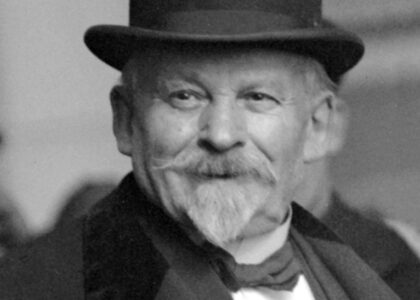Welcome to the Fort Assinniboine State Historic Site, a cornerstone of American military history in the vast landscapes of north-central Montana. Established in 1879, Fort Assinniboine was built in the aftermath of the notorious Battle of the Little Bighorn, a time when tensions between the United States Army and Native American tribes were at a peak. It was here that the U.S. Army set up one of its largest forts, tasked with the dual mission of protecting settlers and railroad workers while also keeping a watchful eye on Native American movements.
Fort Assinniboine was a bustling military hub, home to an impressive 104 buildings at its zenith, including barracks, stables, and administrative offices. It sprawled over 704,000 acres, making it one of the most extensive military reservations of its time. Among the troops stationed here were the famed 10th Cavalry, known as the Buffalo Soldiers, a regiment of African-American soldiers who played a pivotal role in the Indian Wars and later supported Teddy Roosevelt’s Rough Riders during the Spanish-American War.
The fort’s strategic location was chosen by Lt. Col. J.R. Brooke, under the command of General Phil Sheridan, with an eye to preventing any incursions from Native American tribes led by figures like Sitting Bull or Chief Joseph, who had sought refuge in Canada. However, no attacks from across the border ever materialized, and the fort primarily served as a deterrent.
Over the years, Fort Assinniboine evolved from a military installation to a site of cultural and historical significance. By 1911, the Indian Wars were deemed over, and the fort was closed. Yet, its land found new purpose when Congress established the Rocky Boy’s Indian Reservation in 1916, providing a homeland for the Chippewa and Cree who had been displaced from their territories.
Today, visitors to the site can explore the remaining structures and imagine the lives of soldiers and their families who once called this place home. A commemorative marker stands on the parade ground, a silent testament to the fort’s storied past. As you walk these grounds, consider the complex tapestry of military strategy, Native American history, and frontier life that defined this era.






